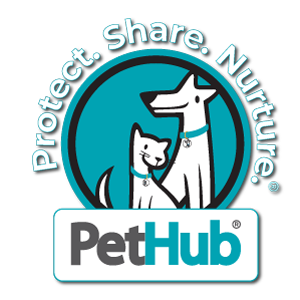Version 1 of the PetHub Open API
The /Persons endpoint focuses on the user account on PetHub.com.
Use this to create a user account, retrieve a user's information, update their details, and retrieve a list of content they own (including pet profiles, documents, safety contacts, and so on). Then, if it is necessary to dive deeper into detail, use the other APIs to access specific details about those Types of content.
Security: this information is only available if the user has provided both access to the requesting application and permissions to access the type of information being requested. If a user provides access to their account but has not given permission to view Documents or Insurance information, for example, an error 400 (Bad Request) will be returned.
Digging into /Persons
The /persons endpoint:
| /persons | Description |
|---|---|
| / |
|
| /{uuid}1 |
|
| /{uuid}/authorized |
GET - list of API key IDs user has approved for accessing their account and data (requires elevated permissions) |
| /{uuid}/perks |
|
| /{uuid}/pets |
GET - the pets type causes the API to return a basic list of the user's pets perfect for using in a list that allows drilling deeper into an individual pet's information Example: |
| /{uuid}/policies |
|
| /{uuid}/profile |
|
| /{uuid}/safetyCircle |
|
| /{uuid}/subscriptions |
|
1 {uuid} is the universally unique identifier returned when a GET request is made to the /persons endpoint by an authorized API integrator
The Swagger 2.0 / OAS YAML rendering is below including the data structures necessary for POST or returned by GET.
